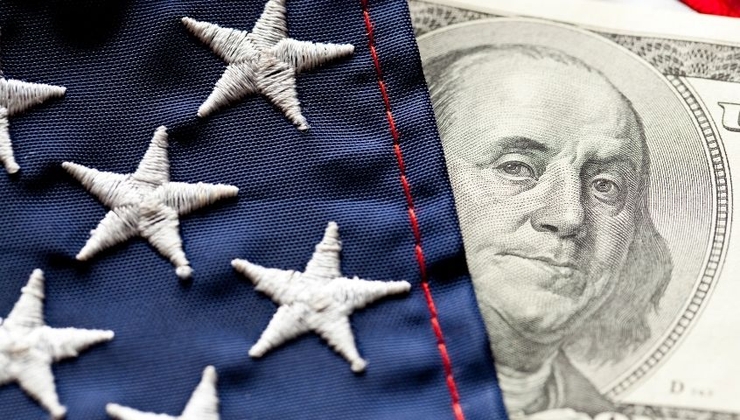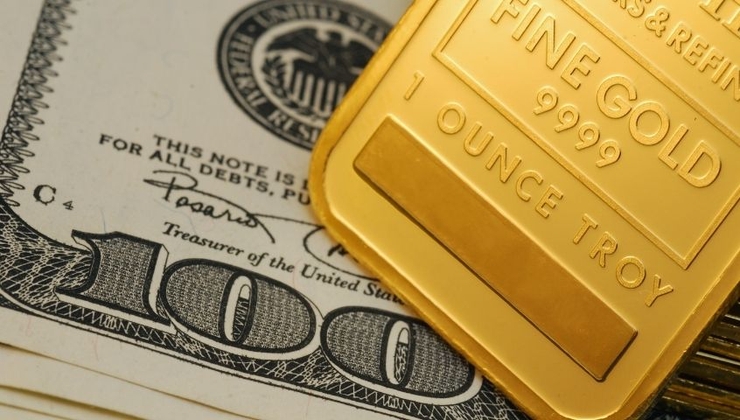- Español
- English
- 简体中文
- 繁体中文
- Tiếng Việt
- ไทย
- Português
- لغة عربية
Analisis
ECB meeting preview: Setting up for more measures
However, with the economy deteriorating amid rising Covid-19 cases across the region, President Lagarde is expected to set the stage for the next wave of stimulus, when it releases its latest staff forecasts in December.
Cast our minds back to the ECB’s meeting in September and it seemed the discord between the two opposing camps of hawks and doves had reopened, after the not-so-new President had managed to heal this issue. We’ve also seen in recent weeks that Governing Council members have been voicing different opinions around the need for additional policy stimulus.
Clash between Hawks and Doves
The hawkish camp led by Mersch and Weidmann believe deflationary pressures are transitory and should recede next year, with plenty of time and space left in the current toolbox. Further stimulus may in fact adversely impact and so doesn’t justify more easing. The doves on the other hand, notably Panetta and Cos, argue that more needs to be done to support the economy as the chance of deflationary pressures is increasing. They think that now is not the time to be complacent as risks are unbalanced. For good order, the centre ground is occupied by Lagarde, Lane and de Guindos with the latter recently laying out the bank’s reaction function for future bond buying.
As always, some sort of compromise will be struck as President Lagarde attempts to reign in both camps. However, certainly a cloudier picture of the bloc’s economy has emerged since the last meeting in September which may put the doves in pole position.
Double dip?
Increasing restrictive measures, regional lockdowns and infection rates are hitting several countries very hard. Inflation has fallen short of the ECB’s projections this quarter, even allowing for the German VAT cut and lower energy prices, with the core touching the lowest rate on record. Market-implied inflation expectations have also fallen, and the September GDP forecast of final quarter growth of 3.1% now looks wildly overconfident.
ECB members will be paying close attention to consumer prices over the coming weeks, with the trend for softening core inflation being very painful for policymakers and a definite potential trigger for more loosening. Currency strength is also an issue but may be less pressing at this meeting as the effective euro appreciation has abated as economic worries on the eurozone have returned.
So, while the pressure for further easing has increased, it seems more likely that the Governing Council will wait for their December forecasts to measure the next policy response. Indeed, more than half of its €1350 billion pandemic emergency purchase programme (PEPP) remains unused and this is due to remain until at least the end of June 2021. This means dovish signals like a faster pace of purchases or extension over a longer period might be seen this week, which would probably be enough to avoid disappointing markets. Further out, a rate cut may be on the table if the situation is seen as more than temporary, although the effectiveness of this is questionable with the current deposit rate at -50bp.
Market implications.
With bond yields continuing to fall and spreads narrowing recently, an easy way for the ECB to signal more easing is on its way would be to increase the pace of purchases. But with a dovish tone already expected, President Lagarde may have to go further to bring down EUR/USD from its current levels. The global picture has been the key factor in the pair’s recent moves, and technically after recent sideways trading, the 61.8% Fib retrace of last month’s drop at 1.1859 may be the pivot for a move to 1.20 if the ECB does frustrate those doves. Support lies at the mid-October levels around 1.17.
Related articles
Artículos más leídos
¿Listo para operar?
Comenzar es fácil y rápido – incluso con un depósito pequeño. Aplique en minutos con nuestro simple proceso de solicitud.
Pepperstone no garantiza que el material proporcionado aquí sea preciso, actual o completo, por lo tanto, no debe confiarse en él como tal. La información, ya sea de un tercero o no, no debe considerarse como una recomendación; o una oferta de compra o venta; o la solicitud de una oferta de compra o venta de cualquier valor, producto financiero o instrumento; o para participar en una estrategia de negociación en particular. No tiene en cuenta la situación financiera u objetivos de inversión de los lectores. Recomendamos a los lectores de este contenido que busquen su propio asesoramiento. Sin la aprobación de Pepperstone, no está permitida la reproducción o redistribución de esta información.

